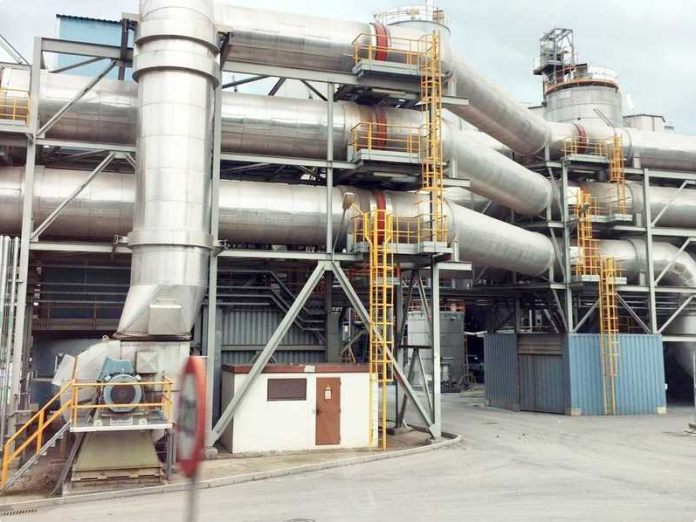The Environment Public Authority warned of a great danger to water and soil, due to toxic gases emitted from 9 landfills, and called for remedial and protective measures to be taken against potential risks from the other 10 landfills in the country, such as treatment, monitoring, restriction of use and the adoption of further investigations.
In a report obtained by a local Arabic daily, the EPA stressed the need to treat, monitor, restrict use and carry out investigations on 10 specific landfills, which cause many dangers to air, water and soil, 5 of which affect the population significantly and highly.
The sources indicated the importance of monitoring landfills in the event of medium or high risks, by monitoring groundwater quality or odor emissions, noting the monitoring of a high-risk impact on air, water, soil and population, due to emissions from Jahra landfills, the seventh ring road, Mina Abdullah and Amghara.
The EPA stated that the air impact on emissions was moderate in each of the landfills of Al-Qurain, Amghara, Sabhan, Jleeb Al-Shuyoukh, Al-Shuaiba, Kabd, and spoke of a “slight danger” coming from the Yarmouk landfills, Darkal Kabd, construction and demolition waste dumpsites in the south of the Seventh Ring Road and Rahiya.
The report showed a “high risk” for water and soil from 9 landfills including Jahra, south of the Seventh Ring Road, Mina Abdullah, Al-Qurain, Amghara, Sabhan, Jleeb Al-Shuyoukh, Shuaiba for industrial waste treatment, and soil contaminated with mercury.
The EPA indicated that the gases emitted from the landfills can affect the atmosphere and air in the region, in addition to an impact on the water through the leakage of waste fluid into the groundwater, and also seeps into the soil below the landfill body and above the ground, and during the rainy season pollutes the soil and plants around the landfill.
As for its impact on the population, the report indicated that it affects the nearby residential areas as well as workers in the landfill, due to toxic gases, dust, odor and microorganisms that are the cause of illnesses and fertile ground for breeding insects.
The EPA pointed out 4,701 tons of non-domestic waste are received by landfills, including 154.6 tons annually of hazardous industrial waste such as chemicals, machinery, equipment and metal products, dry industrial wastewater, and non-metallic minerals.

















